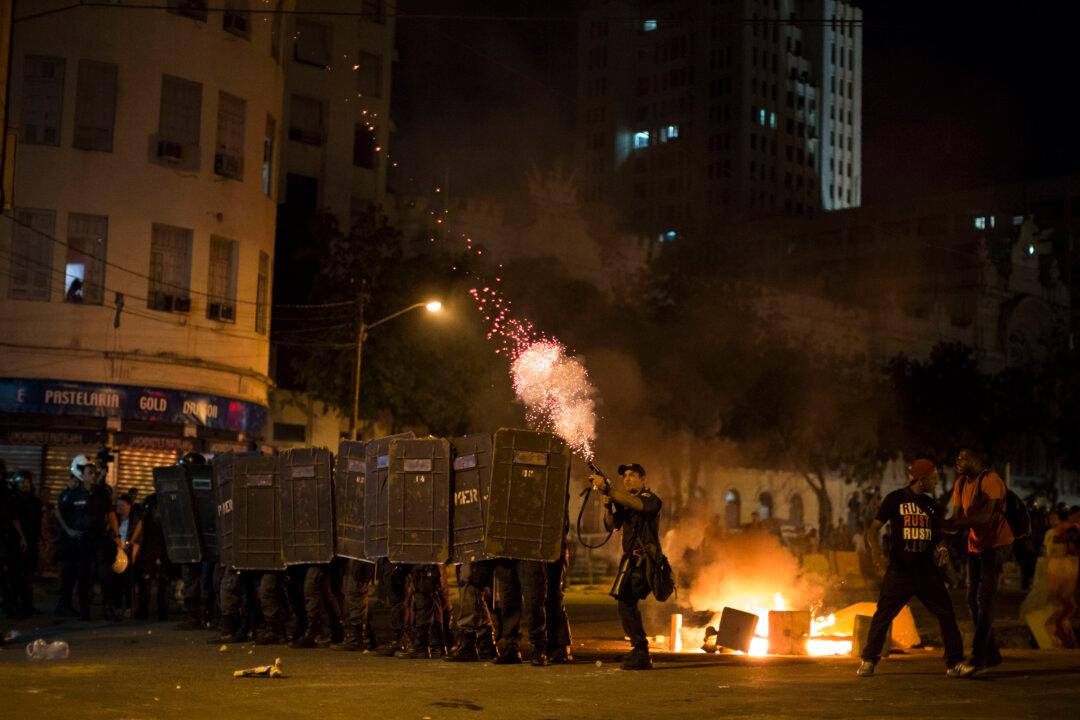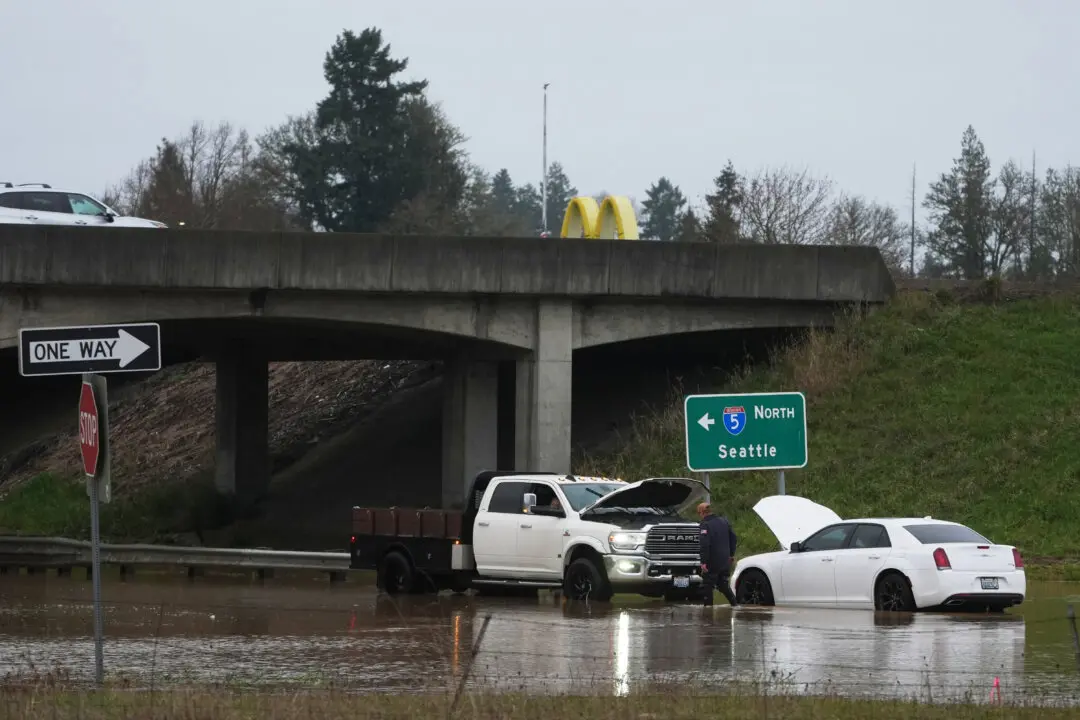SAO PAULO—Police used tear gas, stun grenades and pepper spray Friday to disperse sometimes violent demonstrations against bus fare increases in Sao Paulo and Rio de Janeiro, the two biggest Brazilian cities.
The protests were organized by the Free Fare Movement, the same group that initiated mass anti-government demonstrations that filled streets across Brazil in 2013. A similar but peaceful protest was held Belo Horizonte.
Sao Paulo’s demonstration began peacefully but turned violent when masked anarchists started throwing rocks at police.
The Sao Paulo State Public Safety Department said 17 people were arrested among 3,000 protesters and three police officers were injured. Protesters also smashed store and bank windows and set fire to at least three buses, it said.
Police in Rio de Janeiro said one masked protester was arrested after incidents similar to those in Sao Paulo, but on a smaller scale.
Organizers of the Rio demonstration, which came just months before the city hosts the 2016 Olympic Games, said about 2,000 people took part. Police didn’t offer any estimate.
The Free Fare Movement called more demonstrations Tuesday.
The protests were mobilized after Sao Paulo Mayor Fernando Haddad raised bus fares from 3.50 reals to 3.80 reals, then his Rio colleague, Eduardo Paes, raised that city’s fare from 3.40 to 3.80 reals.
The new fare is just under a dollar, but the increase comes with Brazil’s economy in recession and as people struggle with prices that already rose more than 10 percent last year.
Union leader Marcelo Schmidt, who joined in the Rio protest, said the demonstrations marked the beginning of a new upheaval for Brazil, which is also gripped by a widespread corruption scandal tied to the state oil company, Petrobras.
“This is a popular protest. The more people who come, the better,” Schmidt said. “We want that the pressure from the streets, the pressure from the people, lowers this fare as it did last year. We will only talk to authorities when people are in the street; that’s when we will talk to authorities, because the authorities are the ones who failed this state.”
Most protesters were peaceful, and many criticized the violence by anarchists who often participate in demonstrations. They often break windows at banks and multinational companies and also clash with police.
Friday’s demonstrations were reminiscent of those in June 2013, which started to protest increased public transportation fares but mushroomed into nationwide demonstrations against government corruption at all levels, poor public services and the billions being spent by Brazil to host the 2014 World Cup and the 2016 Olympics.
The tenor of those protests and Friday’s were very different from demonstrations mounted against President Dilma Rousseff in 2014 and 2015, which drew more conservative participants.





